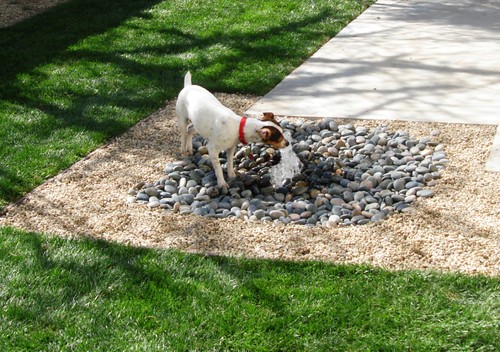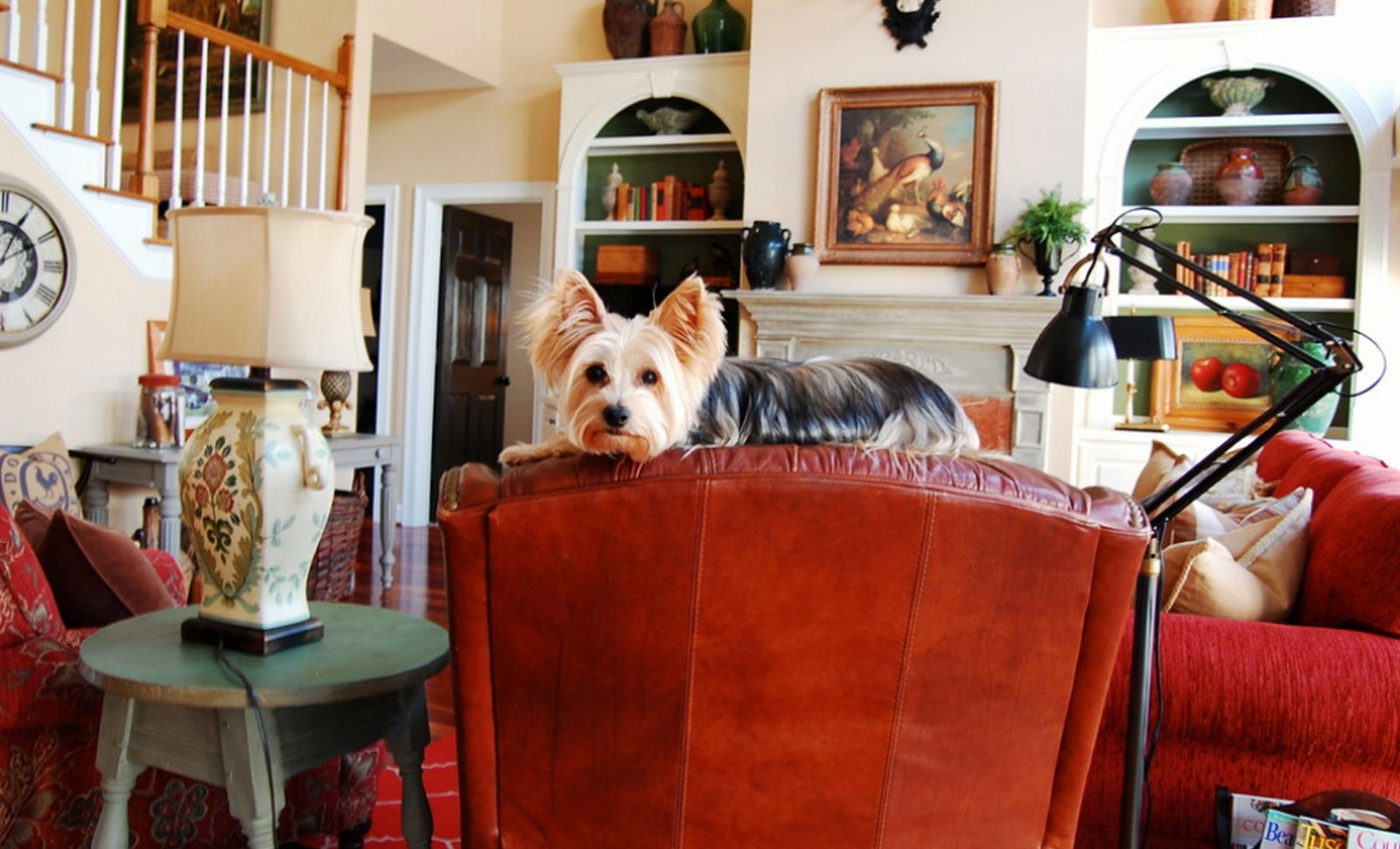Pets bring warmth and joy to every home. Therefore, their health is extremely important to us. Oral cavity problems should play an important role in the pathology of pets, even if sometimes they are treated with indifference by their owner.

Photo by California Waterscapes – Browse landscaping photos
The first sign that draws attention to the existence of a dental imbalance is halitosis i.e. the bad smell of the mouth.
In severe cases there is salivation and even food refusal due to inflammatory processes (gingivitis, gum inflammation), which can cause your pet pain, among other clinical signs.
One of the important causes of gingivitis is calculus or tartar, which is a hardened dental plaque consisting of bacteria film and food debris with calcium salts present in saliva. Accumulations of tartar irritate the gums, they become inflamed, they become even hemorrhagic to light touch, and in time this process evolves to their withdraw (so-called gingival retraction), that generates a real space between the gum and teeth.
Supragingival plaque accumulation is the visible deposits formed on the tooth, and the accumulation of subgingival plaque areas mentioned above, between the tooth and gum. These deposits attract the bacteria and therefore bacterial film formation. From this stage gingival and periodontal disease risk begins to be very high.
To overcome these problems that may occur, the veterinarian may use the scaling.
Scaling is a treatment that consists in breaking and removal of deposits by hand or using an ultrasound machine. This device has a metal loop that vibrates in ultrasonic spectrum and the vibrations are transmitted through a water film, leading to disintegration of tartar deposits.
This “operation” is not painful at all, but both the teeth sensitivity at this level and the noncooperation of the animal implies the need for anesthesia. However, it is preferable that ultrasonic scaling can be removed also the collected subgingivally plaque, the main culprit in the development of periodontal disease. After tartar removal it is recommended a gentle massage of the gums with chlorhexidine gel or, in severe cases, even antibiotics and anti-inflammatory medication.
Pet’s Dental Scaling – When and How to Do?
Veterinarian sets the periodicity of dental examinations, depending on the seriousness of the diagnosis. He also established when it is better to do tartar removal, following the results of consultations.
However, it is desirable that pet’s dental scaling to be done as rarely, on the condition to be complied with all recommended preventive measures, not for the fact that the treatment would be dangerous, but because each cleaning treatment requires that the pet to be anesthetized, and if it is old, the risks of anesthesia are pretty high.
In my opinion there should not be a home without a pet. But a pet also means responsibility and the most important is its health.
Pet Bird Culinary Treats | How To Build A House (howtobuildahouseblog.com)


